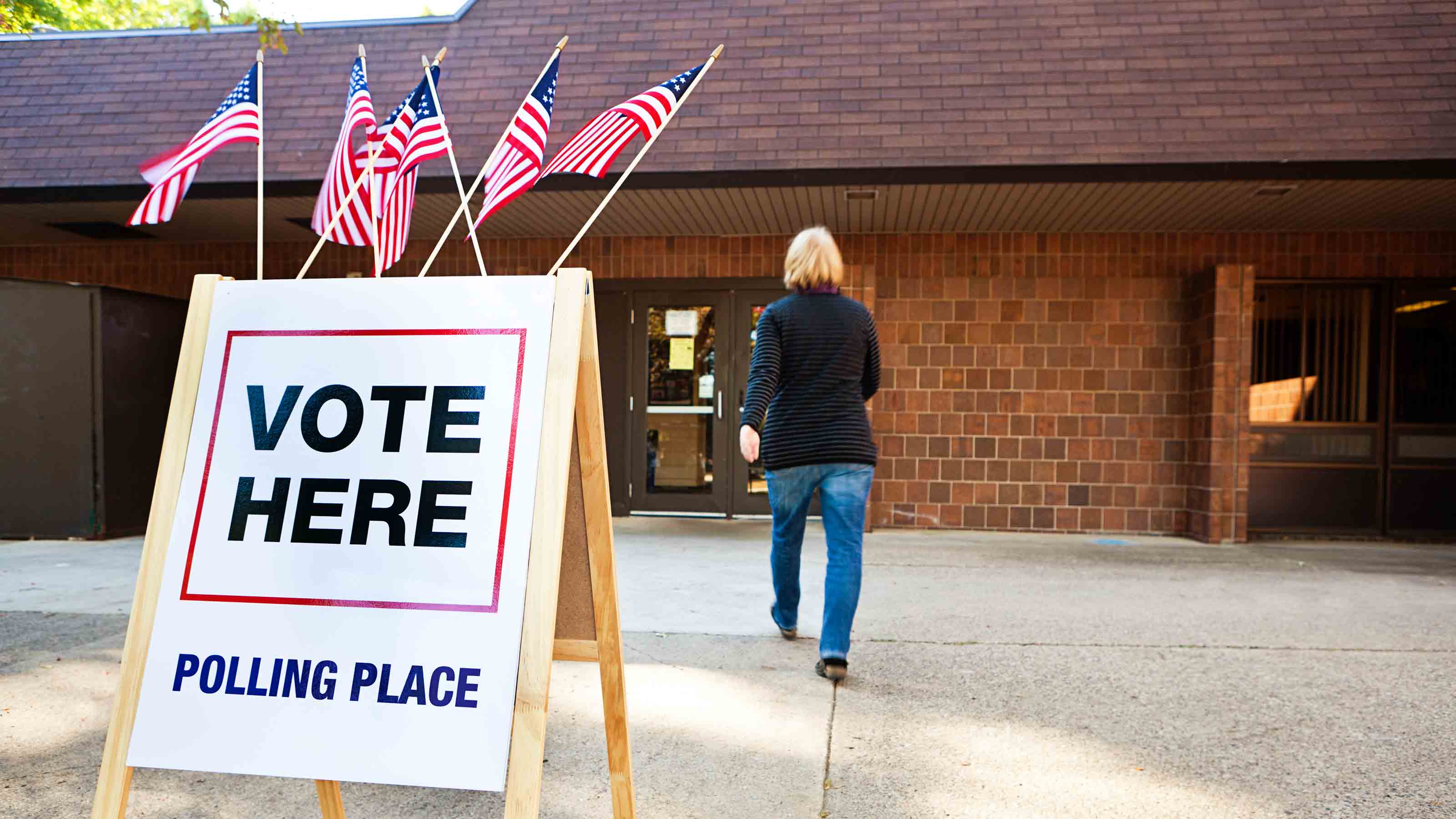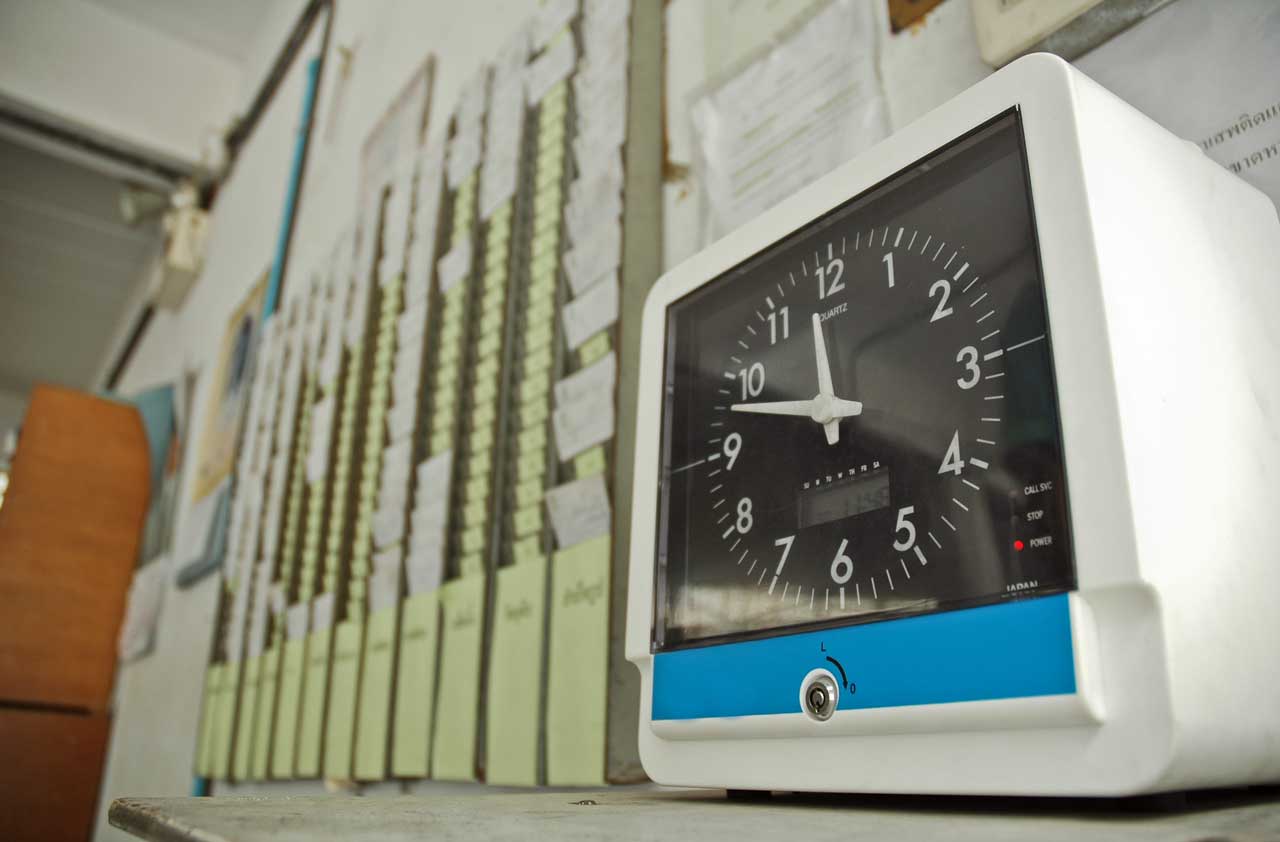When It Comes to the Penny, Washington Makes No Sense
It costs more to make pennies than they're worth, so why bother?

If you ran a business that sells a product for less than it costs to make, you’d soon be broke.
So why is the U.S. government still in the business of making pennies? Each one of those tiny tributes to Abraham Lincoln costs 1.62 cents to manufacture. In other words, if you had the proper equipment to melt pennies, the raw materials would bring a 62% return on your investment, minus costs -- and ignoring the pesky little fact that melting legal tender is illegal.
The nickel is in the same boat. According to the U.S. Mint, it cost Uncle Sam 5.79¢ to make each 5¢ piece in 2009. Dimes, quarters and dollars are much better bargains, costing much less to produce than their face value.
From just $107.88 $24.99 for Kiplinger Personal Finance
Become a smarter, better informed investor. Subscribe from just $107.88 $24.99, plus get up to 4 Special Issues

Sign up for Kiplinger’s Free Newsletters
Profit and prosper with the best of expert advice on investing, taxes, retirement, personal finance and more - straight to your e-mail.
Profit and prosper with the best of expert advice - straight to your e-mail.
The cost fluctuates from year to year, based on the price of the metals used in each coin. The costs of producing pennies (2.5% copper, 97.5% zinc) and nickels (75% copper, 25% nickel) have exceeded face value since 2006. The worst year so far was 2007, when a penny cost 1.67¢ to produce and a nickel cost nearly a dime -- a whopping 9.5¢.
So with all the talk about the deficit and efforts to cut government costs, wouldn’t it seem logical to phase out the coins at the low end of the face-value spectrum? Or at least change their composition to more affordable metallic mixtures? Logical to you and me, perhaps, but not to most members of Congress. Occasional efforts to do away with the penny are about as popular as suggestions that lawmakers take a pay cut.
In July, the director of the Mint added his two cents to the coin cost debate, urging lawmakers to designate the task of deciding the metal mixes in coins to the Treasury secretary. Congress, defying the woe-is-us forecasts of election year gridlock, moved quickly to send a message to the Mint’s main man -- not so fast, Buster.
The Coin Modernization, Oversight and Continuity Act was introduced Sept. 22 by Rep. Melvin Watt, D-N.C., and was approved by the House just one week later. The Senate added its approval at the end of November, and President Obama signed the bill Dec. 14.
The law requires biennial reports to Congress by the Treasury secretary about the cost of producing and circulating coins. It also allows the Treasury boss to recommend changes in metal content or in the amount of coins produced. But the measure makes clear that only Congress can make such fateful decisions.
Anyone old enough to qualify for AARP membership remembers when a penny could actually buy something. Indeed, the best value of my childhood was two Red Hot Dollars -- a gummy candy -- for a penny. But that was many years and lots of dental procedures ago. (My nickel packs of baseball cards, which contained countless Mickey Mantles, would have been an even better value. Those cards of the New York Yankees slugger would be worth thousands today if Mom hadn’t tossed them when I “grew up,” but that’s another story.)
Speaking of long ago, when was the last time you saw a vending machine that accepted pennies? If there’s one out there somewhere, it should be packed up and shipped to the Smithsonian National Museum of American History.
Do people even pick up a stray penny anymore? Why bother if you’re just going to toss it aside when you get home?
In a recent report, we forecast the declining use of cash over the next decade. Congress can get out in front of this parade by abolishing the penny. It has outlived its usefulness as anything other than a collector’s item or something to help fill empty jars.
Sure, losing those Abes -- doesn’t have quite the same ring as Benjamins, does it? -- would take some getting used to. It would cost you a bit more to make a wish at a fountain, but what doesn’t cost more these days?
We’d have to inflate some common sayings, too, but that shouldn’t be too difficult.
A nickel for your thoughts?
Profit and prosper with the best of Kiplinger's advice on investing, taxes, retirement, personal finance and much more. Delivered daily. Enter your email in the box and click Sign Me Up.

-
 Forget FIRE: Why ‘FILE’ Is the Smarter Move for Child-Free DINKs
Forget FIRE: Why ‘FILE’ Is the Smarter Move for Child-Free DINKsHow shifting from "Retiring Early" to "Living Early" allows child-free adults to enjoy their wealth while they’re still young enough to use it.
-
 7 Tax Blunders to Avoid in Your First Year of Retirement
7 Tax Blunders to Avoid in Your First Year of RetirementA business-as-usual approach to taxes in the first year of retirement can lead to silly trip-ups that erode your nest egg. Here are seven common goofs to avoid.
-
 How to Plan for Social Security in 2026's Changing Landscape
How to Plan for Social Security in 2026's Changing LandscapeNot understanding how the upcoming changes in 2026 might affect you could put your financial security in retirement at risk. This is what you need to know.
-
 Kiplinger's 2020 Election Forecast
Kiplinger's 2020 Election ForecastPolitics For nearly a century, The Kiplinger Letter has forecasted the outcome of presidential elections to keep readers informed of what's coming and what it means for them. Here's our call for 2020.
-
 How the GOP Tax Bill May Affect Businesses
How the GOP Tax Bill May Affect BusinessesBusiness Costs & Regulation Corporations would enjoy a lower flat tax rate while individual owners of pass-throughs would also see a lower rate, but with more complex terms.
-
 The Long Slog in Congress After Comey
The Long Slog in Congress After ComeyPolitics Trump's firing of the FBI director ruffled congressional feathers, but not enough to spur an independent investigation into Russian meddling in the 2016 U.S. election.
-
 Trump’s Tax Reform Plan Faces Tough Challenges
Trump’s Tax Reform Plan Faces Tough ChallengesPolitics A one-page outline isn't enough to satisfy a Congress interested in the details — and protecting constituents.
-
 Trump's Agenda and Challenges
Trump's Agenda and ChallengesPolitics What lies ahead for the President-Elect.
-
 Clinton on Track to Win 2016 Presidential Election
Clinton on Track to Win 2016 Presidential ElectionPolitics Trump can win the White House, but faces an uphill climb.
-
 New Overtime Rules Will Hit Businesses This Year
New Overtime Rules Will Hit Businesses This YearBusiness Costs & Regulation A change in salary threshold will make more workers eligible for extra pay.
-
 Bumpy Road Ahead in 2016 Presidential Race
Bumpy Road Ahead in 2016 Presidential RacePolitics Trump will get a bounce after the Republican convention, but Clinton is poised to regain ground.